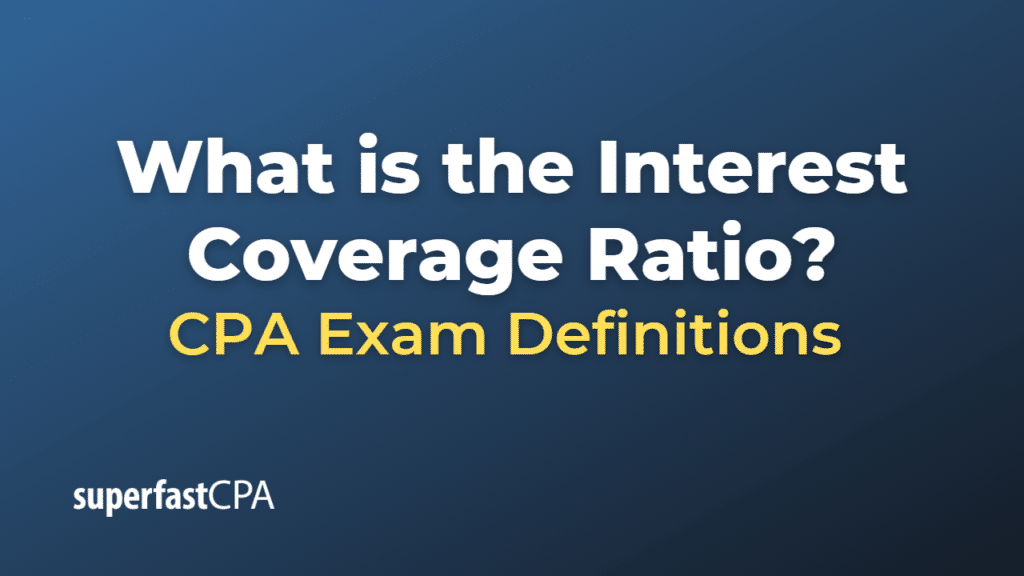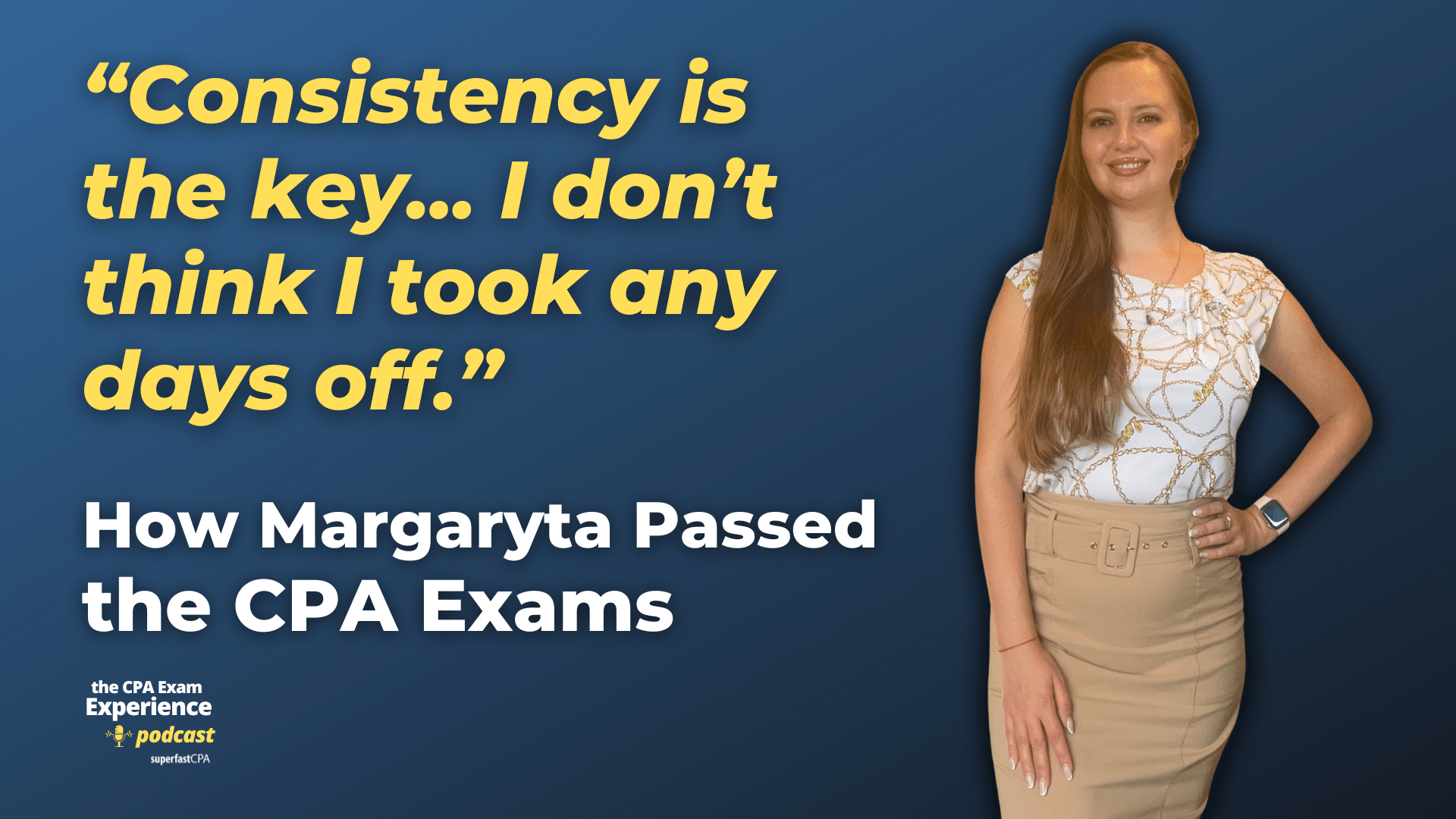Interest Coverage Ratio
The interest coverage ratio (ICR) is a financial metric that indicates a company’s ability to pay its interest expenses with its earnings before interest and taxes (EBIT). It provides insight into the financial health of a company, particularly its solvency and risk level. The ratio is especially important to creditors and investors, as it directly affects the company’s ability to repay its debts.
The formula to calculate the Interest Coverage Ratio is:
Interest Coverage Ratio = EBIT / Interest Expense
Here’s what each component means:
- EBIT (Earnings Before Interest and Taxes): This is a company’s operating profit. It represents the earnings generated from a company’s core operations, excluding interest and taxes.
- Interest Expense: This is the total interest payable on debts held by the company for a specific period.
A higher interest coverage ratio is generally better, as it means the company can more easily meet its interest obligations. Conversely, a lower ratio can indicate a higher risk of financial distress if the company’s profits decline.
However, what’s considered a “good” interest coverage ratio can depend on the industry and economic conditions. As a rule of thumb, a ratio below 1.5 is often considered risky, as it means the company’s EBIT is not much higher than its interest expenses. A ratio of 1.5 to 2.5 may be acceptable depending on other factors, while a ratio over 2.5 is generally considered healthy.
Example of the Interest Coverage Ratio
Let’s consider a hypothetical company, Example Corp., to illustrate the concept of the Interest Coverage Ratio (ICR).
Suppose that Example Corp. has the following financials for its fiscal year:
- Earnings Before Interest and Taxes (EBIT): $500,000
- Interest Expense: $50,000
We can calculate the Interest Coverage Ratio using the formula: ICR = EBIT / Interest Expense
So, for Example Corp, ICR = $500,000 / $50,000 = 10
An Interest Coverage Ratio of 10 means that Example Corp. has 10 times more earnings (before interest and taxes) than what it needs to cover its interest expense for the year. This suggests that Example Corp. is well positioned to meet its debt obligations, at least based on its current earnings and interest expense.
However, it’s important to remember that this is just one measure of a company’s financial health. Other factors, like the company’s overall debt level, its cash flow, and the stability of its earnings, should also be considered. Additionally, what constitutes a “good” ICR can vary depending on the industry and other company-specific factors.












